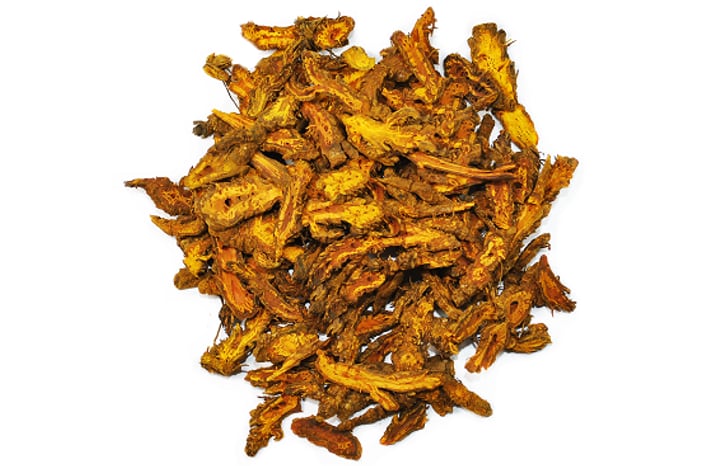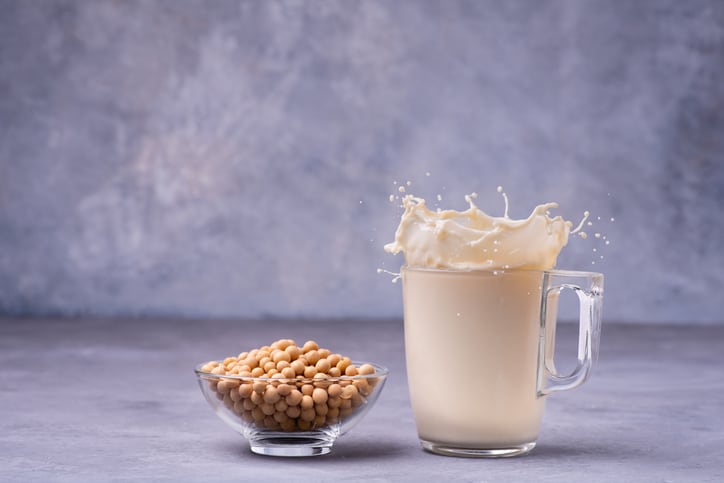However, it appears to have little impact on high-density lipoprotein (HDL) cholesterol or triglycerides
Conducted by researchers from China comprising 17 randomised clinical trials, the findings suggests that guar gum has the potential to promote lipid health and prevent cardiovascular disease (CVD).
Lipid levels are an indicator for many chronic diseases such as diabetes and CVD. Soluble dietary fibre such as guar gum is believed to play a role in lowering blood lipid levels because of its solubility, high viscosity, and fermentability.
It is is a natural galactomannan extracted from the endosperm of Guar seeds, mainly produced in India and Pakistan, and is often used as a food additive to emulsify, thicken, and solidify processed foods.
While there have been studies on the effect of guar gum on blood lipids, many differ in quality, methodology and results.
“The conclusions are also uncertain in studies with subjects with different health conditions, such as hypercholesterolemia or generally healthy people,” researchers wrote in the Journal of Functional Foods.
So for this study, they screened 1328 studies and eventually selected 17 conducted in Europe, UK, US, and Saudi Arabia.
The studies were randomised control trials with at least one outcome (total cholesterol, LDL-C, HDL-C, triglycerides). Adults with different health states such diabetes, hypercholesterolemia, hypertension and healthy were included.
In all of the studies, guar gum was purchased directly rather than extracted from guar beans, and was made into a granular gelatinous preparation, either packaged in capsules or mixed directly into the diet.
Association with total cholesterol and LDL
The results showed that decreases in total cholesterol and LDL-C were significantly more pronounced with guar gum consumption.
No difference was observed on HDL-C or triglyceride.
One reason for the reduction in total cholesterol may be due to the high viscosity of guar gum.
According to researchers, in a mouse study, force-feeding mice with guar gum resulted in delayed gastric emptying, which in turn slowed down food digestion.
The delayed gastric emptying also increased the satiety of subjects, reducing their food intake, thereby reducing cholesterol intake.
The high viscosity of guar gum also impairs bile acids reabsorption, which then accelerates the oxidation of serum cholesterol in bile acids and further reduce cholesterol levels in the body.
Another mechanism is the impairment of fat droplet emulsion which reduces fat and cholesterol bioavailability, and reduces their absorption.
It has also been suggested that the cholesterol-lowering effects might be due to the fermentation of soluble fibre in the colon, which produces short-chain fatty acids (SCFA) such as propionate, which has been found to inhibit the biosynthesis of cholesterol and fatty acids.
The current findings saw a reduction in LDL-C but not HDL-C, which researchers think may be due to the proportion, since LDL-C accounts for about 75% of circulating lipoprotein cholesterol content.
However, it still suggests that soluble fibre supplementation such as guar gum may provide a low-cost method for promoting lipid health and preventing CVD.
Limitations
Researchers acknowledged several limitations in the study, of which include the different eating habits and cooking styles of different regions. For instance, people in Finland and Netherlands had higher fat and cholesterol intakes than people in Italy.
Coffee was also frequently consumed in Eurpe and US, and studies have found that certain amounts of coffee can increase serum total cholesterol and non-HDL-C concentrations.
Differences between genders also have to be considered, as one study found that women were more sensitive to changes in HDL-C level. In postmenopausal women, an increase in abdominal fat may also cause elevated lipid levels.
However, the high viscosity of guar gum may reduce the compliance of subjects, and some people may experience side effects such as diarrhoea, abdominal distension and loss of appetite
This study did not take into account the long-term effect of guar gum on the improvement of lipid health, and more studies with larger sample sizes and longer trial periods are recommended to validate these findings.
Source: Journal of Functional Foods
https://doi.org/10.1016/j.jff.2021.104605
“Effects of guar gum on blood lipid levels: A systematic review and meta-analysis on randomized clinical trials”
Authors: Niannian Wang, et al.




